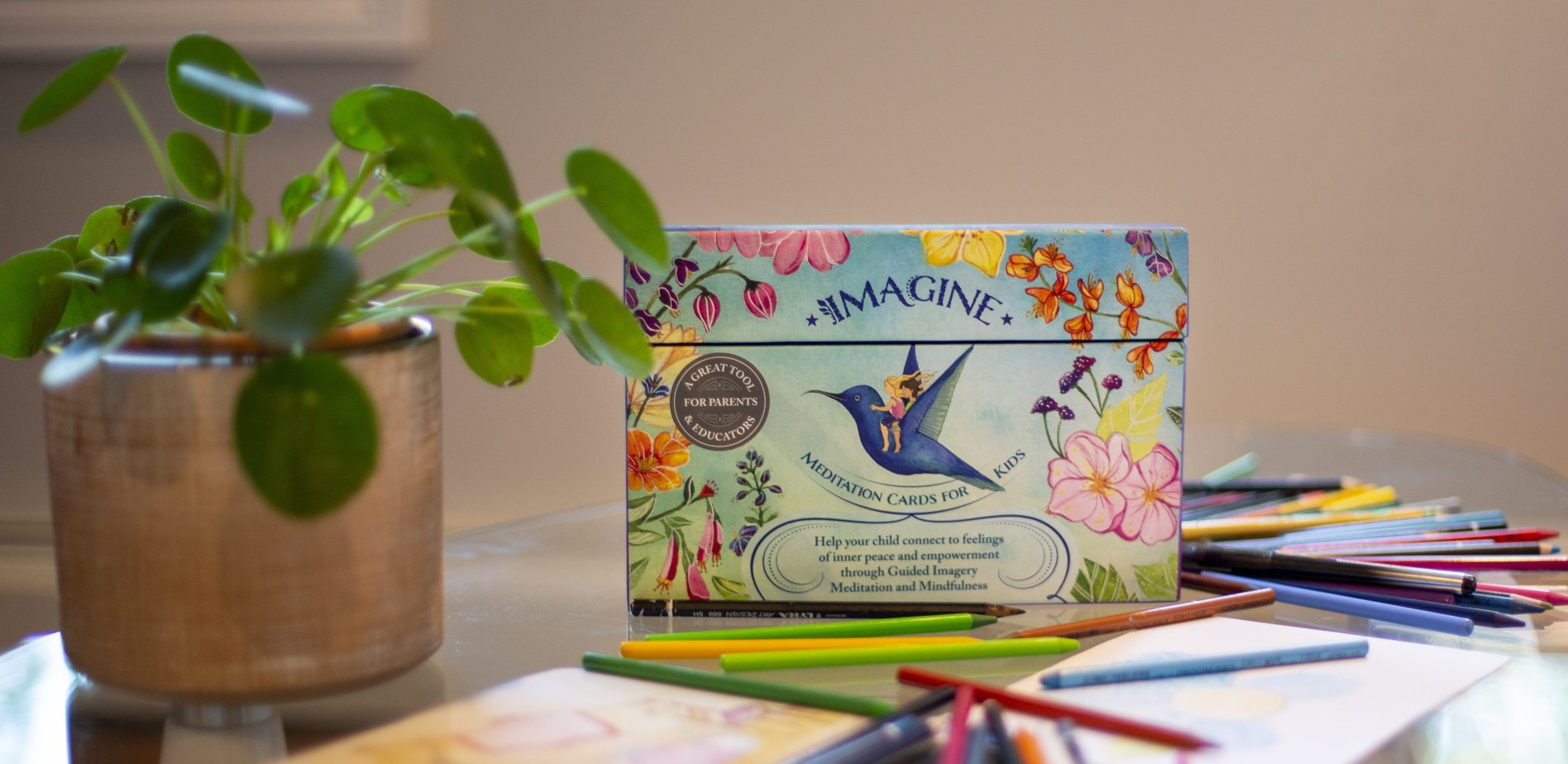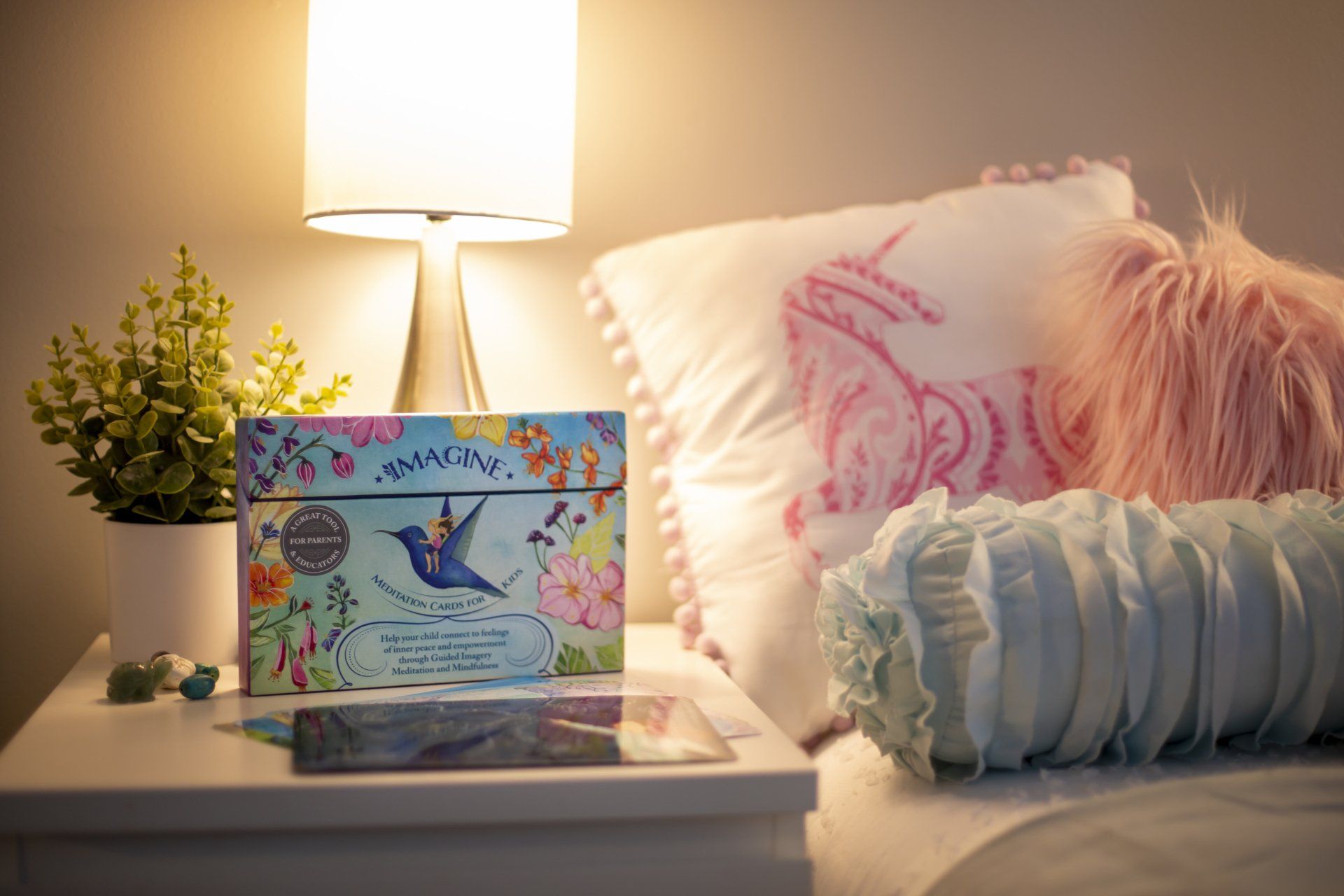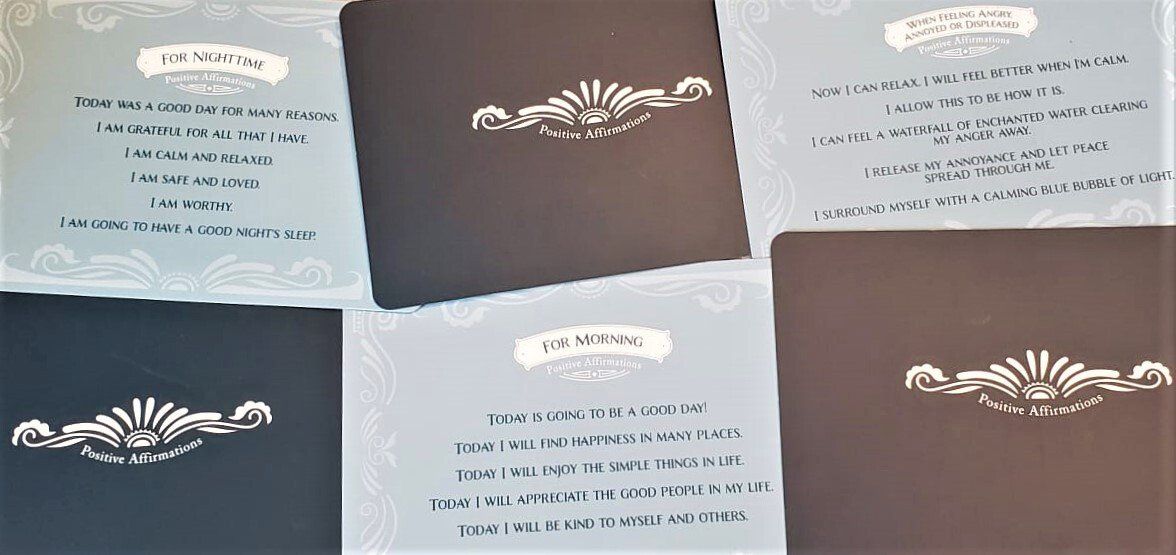The people who grew up and lived their young adult lives in an internet-free world
(before technology took over so much of our day) could make an amazing contribution to our kids.
It feels like they live with a different sense of pace.
Back when childhood was a bit less loaded with stimulation, with no screens around, time felt different.
And kids had to get creative in order to fill it up. There was more gazing, daydreaming, made-up storytelling. Playtime in general included considerably more active imagination – a backyard, park or kid’s bedroom could very easily transform into a lone island, an adventurous new land or a spaceship.
I’m not here to say that there’s nothing good about Wi-Fi. I just want to point out the wonderful potential in taking a break from it.
After recovering from the initial shock of a “screens off” declaration, kids can slow down and engage in simpler activities that don’t involve electronic sounds and visuals. In these moments, their minds will switch from a rather passive mode to a more active one. The less stimulation from the outside, the more inspiration from the inside.
This makes for a great moment to encourage a connection between our tech-restricted children and a grandparent, older neighbor, family member or friend. There are many things that they can do together. (In these times of quarantine, phone calls, FaceTime, Zoom or Skype will be required. See, I’m still in for Wi-Fi! :-D)
My suggestion here is that they do a meditation together!
It can create an amazing sense of bonding, and really doesn’t need to be long. I bet that if kids were to offer it, their grandparents might be willing to give meditation a try. It might even serve as a nice reminder of the active imaginations they had in their youth.
Kids can take on the role of organizing,
providing explanations about setting up a nice environment in the room, with soft light and maybe even some peaceful music. Then, they can take a few deep breaths together and make sure that everyone is comfortable. After that, kids can read aloud from a guided imagery text – v-e-r-y s-l-o-w-l-y.
There are many options online for guided imagery scripts and meditations.
Kids can also use this text here that I wrote for seniors, which is available for anyone who would like to try.
And any one of the meditations in the
Imagine Meditation Cards for Kids
would work too.
I have a good feeling that everyone involved is going to have a pleasurable time.
So, what have we gained here?
Kids meditating, grandparents meditating, a bonding experience between them, a moment with electronic stimulations off (well, except for the screen required to FaceTime together), an opportunity for calm, minds engaged in conjuring joyful images, and about 30 minutes of pure quality time.
All parties are predicted to be smiling after this. :-D
Meditation script - The Concert (read aloud very slowly after taking a few deep breaths):
Imagine you are in a spectacular concert hall. You’ve got the best seats in the house, and the show is about to begin.
Tonight’s performance will be featuring the music you love the most. It may be rock, or maybe classical music. It may even combine many types of music, with several different performers.
You know this concert is going to be very special to you, because it is going to include all of your top favorites, one after the other.
The crowd gathering is delighted and energetic. You notice so many overjoyed faces around you.
Many lovely people have come to celebrate music as a divine gift to mankind. There’s a lot of excitement in the crowd as the concert is about to begin...
Now the stage comes alive with talented musicians, instruments and singers. Some of them you recognize, some you do not. You can sense their passion for the music as they begin to play.
All the songs you love are played one after another. Each and every one of them is soothing to your heart.
Some remind you of touching memories.
Some uplift you and fill you with cheer.
Some make you feel as if you are being cradled by their sonorous melodies.
The concert will continue on into the night, lasting as long as you’d like. You take a deep breath, and allow a few more moments to enjoy this wonderful, harmonious festivities.




